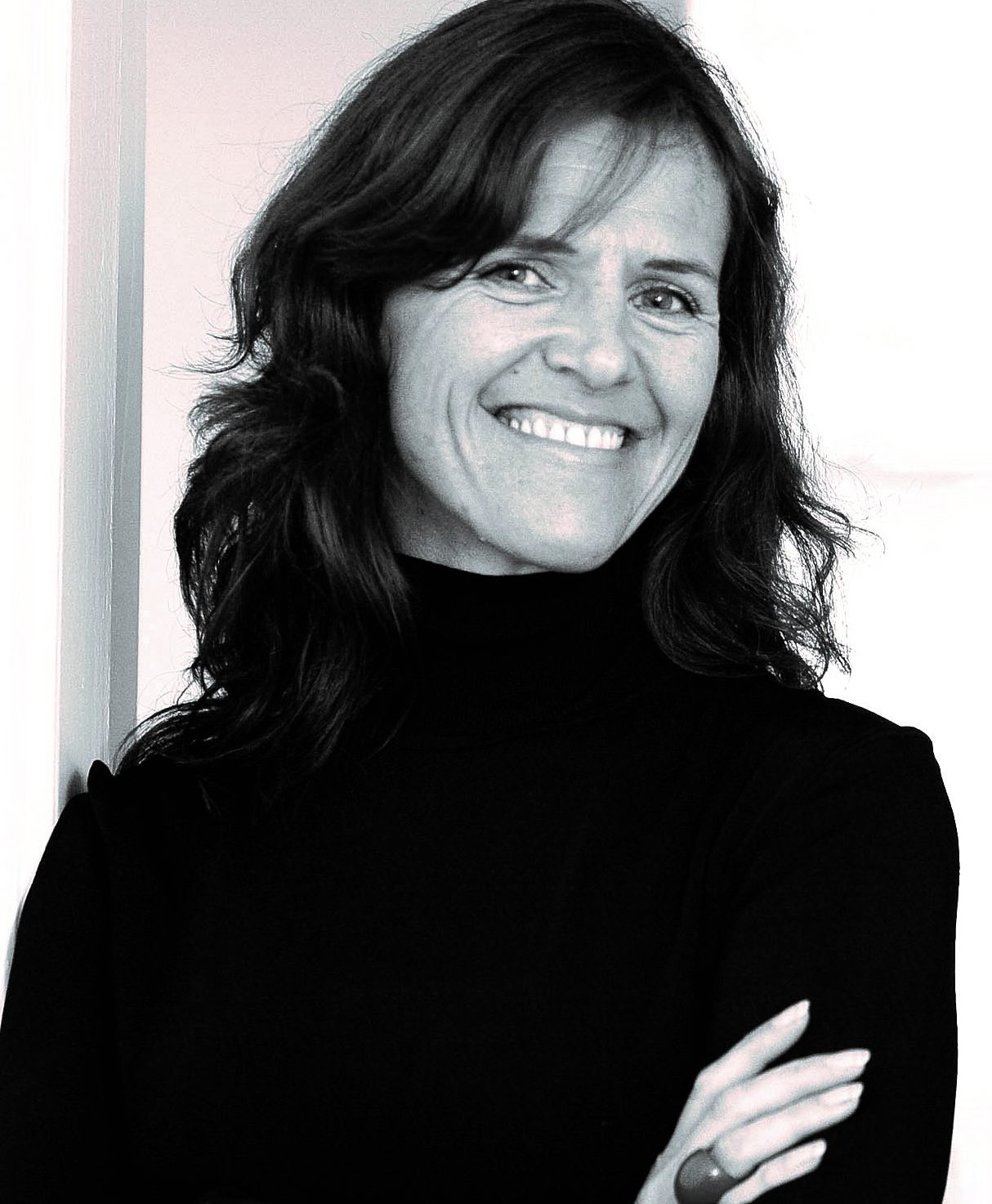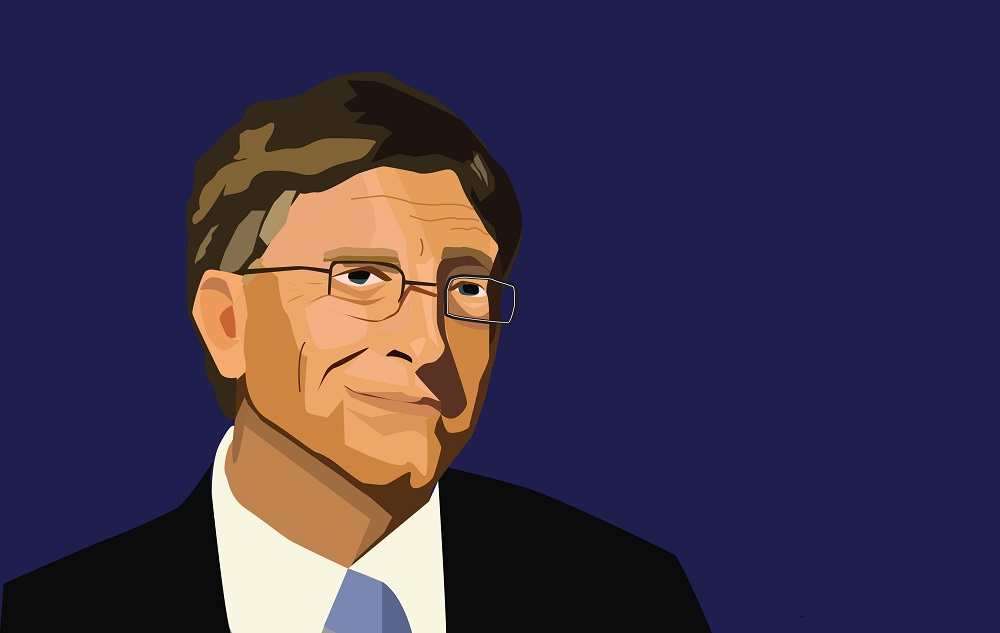 Bill Gates famously said that if he was down to the last dollar of his marketing budget, he’d spend it on PR but with the ever changing face of media these days, how can PR keep its relevance, asks Sheena Horgan?
Bill Gates famously said that if he was down to the last dollar of his marketing budget, he’d spend it on PR but with the ever changing face of media these days, how can PR keep its relevance, asks Sheena Horgan?
PR’s congruity in today’s media landscape is still arguably founded on the premise that if you don’t tell your brand story, someone else will… and of course they may not tell it to your liking. And therein lies the tension between PR and media (as evident in the recent PRII session on PR and journalism, and what Mark Paul referred to in his follow up piece in the Irish Times as “sometimes fraught relations between journalists and PR advisers for corporate clients.”
The starting point for PR should be the message, and investing in its interrogation and crafting can be paid back tenfold in coverage that relays its essence or indeed its finer points.
Managing the message is all in PR. It’s the start middle and end of what we do. Crafting it well. Nurturing it so it resonates with brand and audience. Wrapping it up in truth and evidence – those key proof points being the tipping point between message acceptance and rejection. No wonder we PRs get protective about our craft.
Of course the real irony in any debate about PR and journalism is that the desired end result for both is often the same – a good well-told story that people want to consume. The really good PR isn’t when it’s said by the brand or organisation. It’s when it’s said by someone else, and that can’t happen unless there is sufficient integrity in the message to begin with.
“It is the immediacy of today’s media that scares many a brand and CEO, and rightly so. To not be fearful of such a dynamic landscape is either arrogance or ignorance – a PR’s nightmare to be honest.”
PR is invariably about recognition and profile. Seth Godin said that not standing out in a crowded marketplace is the same as being invisible. And the nature of today’s media landscape is that brand resonance and cut through is a tricky art indeed. Competition for column inches, eyeballs and airtime, not to mention people’s attention, is fierce and the PR’s job to navigate this treacherous terrain requires temerity and tenacity.
The PR is the one who walks the fine line between client and media channel, delivering the message and coverage in equal measure. We’re also the ones who have two paymasters – client and journalist, and spend our time humouring both. This is how it should be if the veracity of the message is to be conveyed, in a story or news item that is worth sharing. Ours is a symbiotic relationship in many cases, though the shared reliance may not always be acknowledged as such, by either party.
This is an era of multiple media channels and multiple opportunities for inquisitive consumers to either seek out or simply just discover stories and news. But it is the immediacy of today’s media that scares many a brand and CEO, and rightly so. To not be fearful of such a dynamic landscape is either arrogance or ignorance – a PR’s nightmare to be honest.
Aside from the disruptive brand – who frankly ascribes to Wilde’s all publicity serves a great purpose, being talked about regardless of context is oxygen to these brands’ existence and growth – wariness of your what you say -and to whom- is a fall out from an environment where a reputation that took years to build can be destroyed by a careless comment in a moment.
This, I suspect, is the reason why so many CEOs like the comfort of having their trusted PR to hand in media interviews – and not to police the dialogue as some journalists may surmise. A free flowing conversational interview gets the best results and I appreciate that having the PR there may affect the mood somewhat. But really the questions should still be the same. And the answers too. And where the interviewee says something inaccurate or inappropriate, it can’t be retracted, but at least there’s a 3rd party to catch it and provide the correct info if what was said was wrong, or enact brand damage limitation if required.
At the end of the day as Rudyard Kipling said: “Words are, of course, the most powerful drug used by mankind.” We should choose them carefully. And use them wisely. As any journalist or PR person will tell you.
First published in Irish Marketing Journal (IMJ June 2017)© to order back issues please call 016611660





















